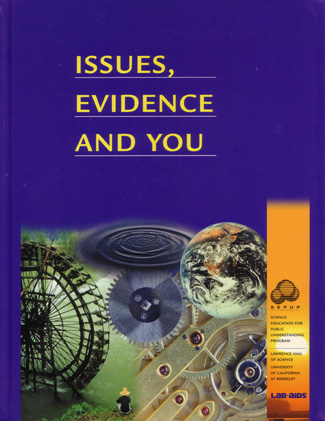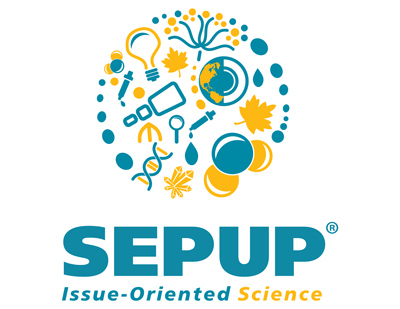Issues, Evidence and You (IEY)

Issues, Evidence and You (IEY) is a middle level physical science program that examines issues in a societal context. The program treats issues in a way that fosters and promotes the ability of young adolescents to think abstractly, and builds upon their need for peer interaction and support. It can serve as the physical science component of an integrated, multi-year science program, or as a stand-alone, full year physical science program. The course consists of 60 activities, each requiring one to three class periods. This course can accompany Science and Life Issues, and Issues and Earth Science to form a complete middle level science series.
Sample Activity
Efficiency: Energy Changes and Waste
Summary
Issues, Evidence and You (IEY) is a middle level physical science program that examines issues in a societal context. The program treats issues in a way that fosters and promotes the ability of young adolescents to think abstractly, and builds upon their need for peer interaction and support. It can serve as the physical science component of an integrated, multi-year science program, or as a stand-alone, full year physical science program. The course consists of 60 activities, each requiring one to three class periods. This course can accompany Science and Life Issues, and Issues and Earth Science to form a complete middle level science series.
Description of Units:
A. Water
Students study solutions, concentrations, acid-base interactions, chemical reactions, risk assessment and toxicity while examining water chlorination, water quality and groundwater contamination. In the process, they build a set of laboratory skills and mental “tools” used in the remaining three parts.
B. Materials
Examining the production, use and impact of different materials, both natural and synthetic, on their environment, students investigate the “life cycle” of materials through their disposal. They conclude this unit by developing an integrated waste management system. The science encountered includes thermal conductivity, electrical conductivity, solutions, density and polymers.
C. Energy
Students study their own energy consumption, the efficiency of energy transfers and the options for renewable energy sources. They then design an energy-efficient and cost-effective car. Other science topics encountered include the operation of batteries, electroplating, energy transfer, energy transmission and efficiency and radiant energy.
D. Environment
Using what they’ve learned in the first three units, students examine the seemingly simple decision of whether and how to build a factory on an imaginary island. In preparing an environmental impact statement, students address the economic, environmental, political and social issues involved. They also learn about the trade-offs society faces in making such decisions.

